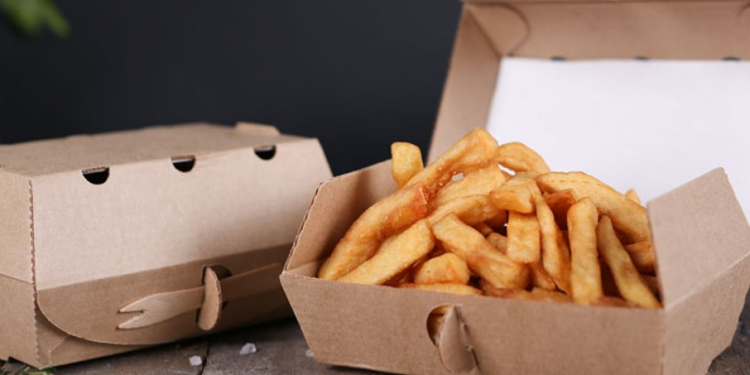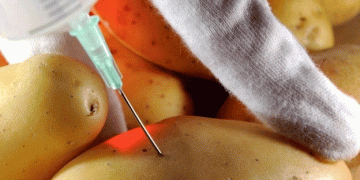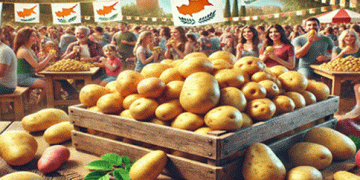Cold and limp fries is a problem that many catering entrepreneurs encounter. Dutch based Paardekooper says in a news article that with its new Depa® French fries box, this problem is a thing of the past. The company says the revolutionary material composition and shape provide the ideal combination of ventilation, absorption and insulation. As a result, fries and snacks stay warm and crispy longer than in traditional delivery packaging.
Research
In the search for the right shape and material composition, Paardekoper tested the existing delivery packaging for various quality variables. A challenging job, because the quality of fries depends on various factors and is anything but consistent. The frying process and starch content, for example, affect the crispness of the fries. Portion size and the shape and material composition of the packaging also have an influence. The research showed, for example, that fries stay crispy longer in a low, wide package than in a high, narrow package.
Revolutionary design
All these insights ultimately led to a new, revolutionary packaging design. Paardekooper opted for three-layer corrugated paper, consisting of a smooth outer and inner layer and a corrugated intermediate layer. The result is an excellent insulating effect, which keeps the contents warm for longer. Moisture issues are a thing of the past, thanks to the separate absorption pad and special ventilation holes on the side of the packaging. As a result, fries and snacks remain nice and crispy, even when the boxes are transported stacked.
Maximum user comfort
The size and shape of the packaging has also been considered. The packaging is immediately ready for use. The side walls clearly indicate where to fill the packaging. The special closing mechanism also functions as a practical holder for a fork. The packaging also fits well in the hand for maximum (to go) eating convenience.
100% paper
Paardekooper says the snack containers are FSC®-certified, have no plastic coating and can be disposed of with the old paper without food residues. This also applies to the absorption path . Furthermore, the containers are produced in the Netherlands, resulting in much lower CO2 emissions.
Design options
Corrugated paper has the further advantage that the material is suitable for printing. In the case of the delivery packaging, the outside can be printed.






